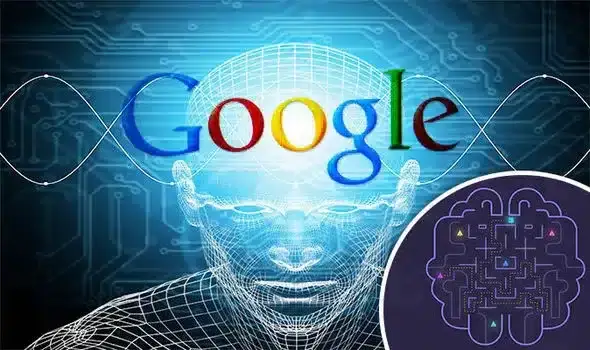
Google’s Novel AI Solves Word Problems in a Click!
In the age of digital information, both students and working professionals frequently turn to search engines to unravel complex puzzles and find solutions to intricate queries. Google, as the reigning champion of search engines and novel AI, has unveiled a series of remarkable upgrades designed to cater to the needs of those immersed in STEM fields. As of the latest updates, whether you’re wrestling with a daunting math or physics problem, Google’s Search and Lens tools are poised to become your new go-to companions.
Enhanced STEM Support
Google has rolled out an array of new features in both Search and Lens aimed at assisting users in grasping STEM-related concepts and nailing the right equations for their problems. Whether you’re trying to decode a confounding physics concept or decipher a perplexing geometry conundrum, these tools are engineered to make the process more intuitive and accessible.
Solving Equations and Word Problems
For instance, if you find yourself trapped in the labyrinth of a challenging calculus problem, you can now input your equation into the Search bar. You can capture it through Lens to receive a step-by-step explanation and solution, as well. Moreover, the company hasn’t limited this feature to equations alone. It also extends its helping hand to word problems, especially those stemming from high-school physics topics.
Lens Unlocks Visual Challenges
The integration of Lens, in particular, tackles a unique challenge in geometry. Describing visual problems through words can be a cumbersome task. Let’s imagine you have to deal with a triangle diagram featuring measurements of two sides, and you need to calculate its area. Lens can now decode both the visual and textual components of the problem, furnishing a comprehensive, step-by-step guide on how to arrive at the solution.
Unveiling 3D Models
This evolution isn’t just about problem-solving; it goes beyond. Google has introduced interactive 3D models on Search. Thus, it now allows users to visually explore nearly 1,000 topics spanning biology, chemistry, physics, and astronomy. For example, a simple search for “mitochondria” can transform into an immersive visual journey. This feature holds particular appeal for those seeking a deeper understanding of intricate STEM concepts.
A Glimpse into the Technology
We can trace the driving force behind these remarkable features back to Google’s relentless efforts to enhance its AI capabilities. A standout example on this front is the incorporation of PaLM into Bard. Initially, Bard, founded on Google’s Language Model for Dialogue Application (LaMDA), excelled in holding conversations but lagged in logical reasoning. Yet, the infusion of PaLM into its code base broadened Bard’s horizons. The latter enabled it to perform arithmetic, complete code, engage in semantic parsing, and deliver logical inferences. The introduction of these new tools in Search and Lens suggests that machine learning is taking centre stage.
AI Trends for Tomorrow
As the AI trend continues to progress, it is essential to note that while these innovations are groundbreaking, users should approach them as supplementary resources. After all, they complement traditional learning and problem-solving methods. However, the boundary between human and machine capabilities may blur with time. Still, the essence of learning and understanding will forever remain innately human. Google’s strides in the world of novel AI are exciting, but the human touch remains indispensable in our quest for knowledge and comprehension.


